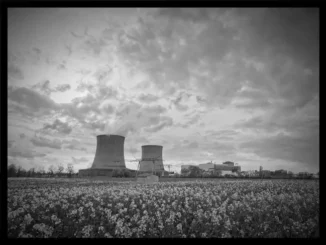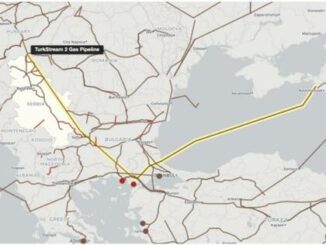
In the ever-evolving landscape of global energy geopolitics, one truth remains steadfast: Russian oil continues to flow unabated, defying the best efforts of Western sanctions to choke off Moscow’s revenues. Despite intensified pressure from the United States and the European Union, export volumes from Russia show no signs of significant decline. Instead, key buyers like China and India are snapping up discounted barrels, prioritizing energy security and affordability over geopolitical alignments. Recent data underscores this resilience, with revenues halved since 2022 but physical shipments holding strong—even to the EU itself.
The latest figures paint a clear picture. In September 2025, China’s imports of Russian crude climbed 4.3% month-on-month to 8.29 million tons, representing 17.5% of its total oil intake.
This uptick, as noted by analysts, could be interpreted as a subtle act of defiance ahead of U.S. negotiations, with Xu Tianchen of the Economist Intelligence Unit remarking, “The increased Russian oil purchases may be China’s act of defiance ahead of further talks with the US… I can’t see why China would give up Russian oil unless, for example, Trump is willing to remove all its tariffs on China and lift sanctions on Chinese companies.”
India, meanwhile, relies on Russian crude for over a third of its imports, positioning it as the second-largest buyer after China.
Forecasts from Kpler suggest even higher imports for both nations in October and November, driven by dipping international prices and deepening Russian discounts.
This persistence highlights the fundamental flaw in Western sanctions: they target revenues but fail to disrupt volumes. The Center for Research on Energy and Clean Air (CREA) reports that while Russia’s energy export earnings have indeed halved since the onset of broader restrictions in 2022, the oil keeps moving.
Non-G7 countries, unbound by the same ideological commitments, adopt a pragmatic stance. For India and China, cheap Russian oil isn’t just a bargain—it’s a cornerstone of energy security in an uncertain world . Enter President Donald Trump, whose aggressive rhetoric has ramped up the pressure on these Asian giants. In recent weeks, Trump has repeatedly threatened “massive tariffs” on India unless it halts Russian oil purchases, claiming that Prime Minister Narendra Modi personally assured him of compliance in exchange for a favorable U.S. trade deal.
In August 2025, he imposed an additional 25% tariff on Indian goods as a penalty, escalating to 50% overall in some cases.
Trump has vowed to maintain these measures until imports cease and has signaled similar intentions toward China, urging NATO allies to join in imposing 50-100% tariffs to amplify the squeeze on Moscow.
Yet, India’s response has been unequivocal denial—no such promise was made, and there’s “no sign of halting purchases.”
Chinese officials have been even more direct, rebuking U.S. demands as “unilateral bullying” that disrupts global supply chains.
Beijing’s Foreign Ministry spokesman Lin Jian emphasized that such trade is “lawful” and vowed countermeasures if interests are harmed.
Analysts echo this sentiment: even if India bows slightly to secure trade concessions, it would merely redirect discounted Russian barrels to an eager China, maintaining overall flows.
This strategy risks backfiring spectacularly. By alienating key emerging markets, Trump’s tariffs could accelerate a bipolar energy order, pushing India and China deeper into Russia’s orbit.
Europe, too, shows cracks—while the EU plans to phase out Russian gas by 2027, it remains the largest buyer of Russian LNG as of September 2025.
Internal dissent from Hungary and Slovakia, reliant on exemptions, complicates unity.
Trump’s calls for Europe to lead by example ring hollow when NATO members like Turkey continue imports unchecked.
Compounding the irony are recent disruptions in Europe’s own backyard. On October 20, 2025, explosions rocked oil refineries in Hungary and Romania, both with ties to Russian crude—MOL in Hungary and facilities linked to Lukoil in Romania.
Media reports and Hungarian sources point to possible Ukrainian sabotage, akin to Kyiv’s drone campaigns against Russian infrastructure since mid-2025.
These incidents, including repeated hits on the Druzhba pipeline affecting Hungarian supplies, highlight escalating tactics in the proxy energy war.
Yet, far from deterring buyers, they underscore the desperation: India and China press on, undeterred by distant blasts or Western bluster. Hungarian officials have even criticized EU energy policies at Moscow conferences, signaling reluctance to fully decouple.
In the end, sanctions were meant to isolate Russia and starve its war machine. Instead, they’ve fostered alternative markets and resilient supply chains. Trump’s high-stakes tariff gamble may yield short-term concessions, but it risks long-term backlash—driving global energy divides deeper and ensuring Russian oil keeps flowing, one discounted tanker at a time. As always, in energy, pragmatism trumps ideology.






